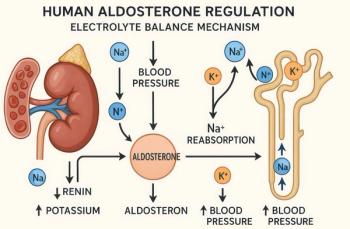
The Right Amount of Exercise Is ...
... any amount at all. A new American College of Cardiology report says even minimal exercise helps lower risk of cardiovascular disease.
A professional society offers advice.
When the fastest-ever American marathoner, Ryan Hall, announced his retirement last week, he cited chronically low testosterone and fatigue, in part due to
A few studies have suggested that
"The public media has embraced the idea that exercise may harm the heart and disseminated this message, thereby diverting attention away from the benefits of exercise as a potent intervention for the primary and secondary prevention of heart disease,"
The report emphasized that even small amounts of exercise, including standing, are associated with lower risk of cardiovascular disease than being sedentary, and more is generally better.
While the report noted that the cardiovascular mortality benefit from exercise appears to peak at a certain point -- and possibly diminishes beyond it -- the real problem "is not concern about too much exercise, but rather the absence of any exercise among most of the population and among patients with cardiovascular disease," they wrote.
They pointed to one study showing that while 62% of myocardial infarction patients were referred to cardiac rehabilitation at hospital discharge, only 23% attended at least one such session and just 5.4% completed the full set.
"This may reflect, in part, a lack of clinician enthusiasm for such programs despite the evidence that cardiac rehabilitation saves lives," the council members wrote. "The available evidence should prompt clinicians to strongly recommend low and moderate exercise training for the majority of our patients."
From the American Heart Association:
Thompson disclosed relationships with the NIH, Genomas, Aventis, Roche, Sanofi, Regeneron, Esperion, Amarin, Pfizer, Amgen, AstraZeneca, Merck, Abbott, Abbvie, CVS, General Electric, Johnson & Johnson, Medtronic, and JA Wiley as well as having provided expert legal testimony on exercise-related cardiac events and statin myopathy.
last updated 01.19.2016
Primary Source: Journal of the American College of Cardiology
This article was first published on
Newsletter
Enhance your clinical practice with the Patient Care newsletter, offering the latest evidence-based guidelines, diagnostic insights, and treatment strategies for primary care physicians.































































































































































































































































































































